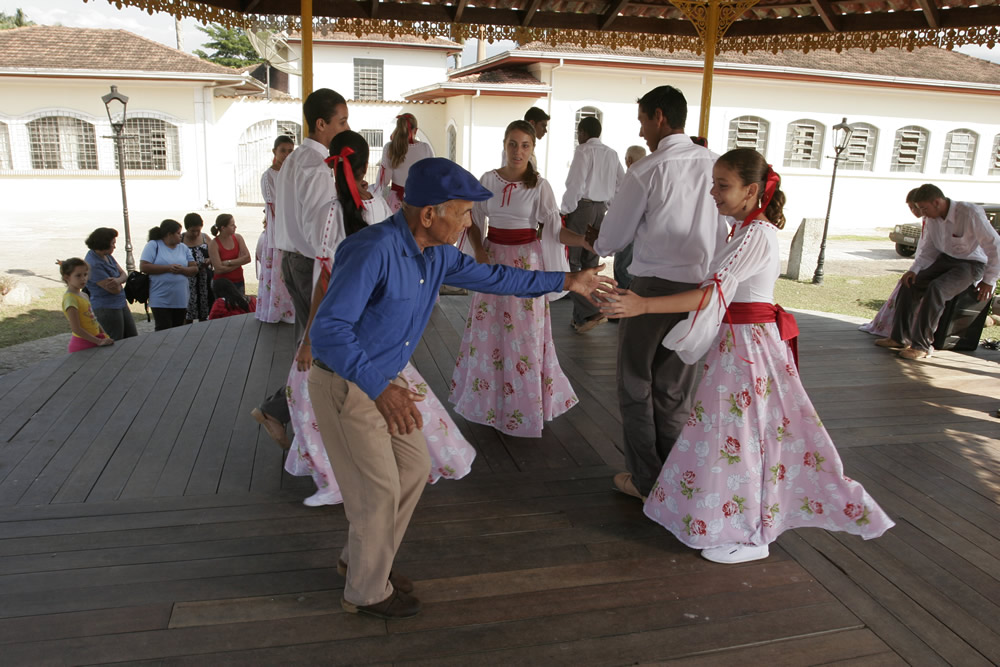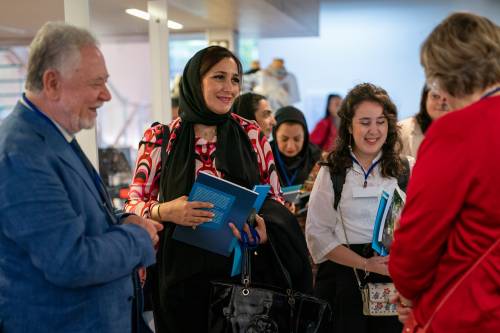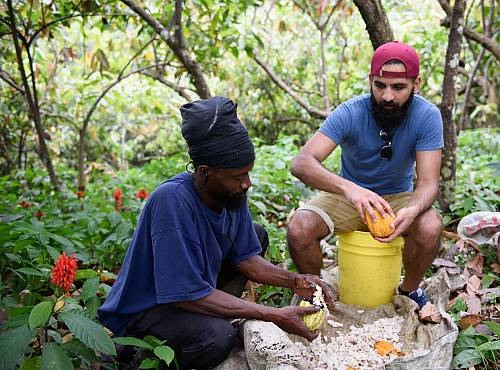‘We must begin by emphasizing within the community itself upon the importance of safeguarding our most precious heritage our ancestors left us.’
(Ginuervel Roach, Curaçao youth participant).
With an increased awareness of the significance of living heritage and the pivotal role of youth in its safeguarding, it is no surprise that the voices of youth and their actions are propelling globally.
Intangible cultural heritage provides a continuous link between the past, present and future. Embodied within such practices as oral traditions and expressions, performing arts, rituals and festive events, and knowledge and practices concerning nature and the universe, intangible heritage is sustaining the livelihoods and well-being of communities the world over.
Young people, constituting more than half of the world’s population, are agents within their communities, who continue to recreate and revitalize their intangible cultural heritage. It is for them and the generations to come that intangible heritage should be safeguarded. This is even more relevant as youth in many countries are faced with limited educational and economic opportunities. Engaging actively in the safeguarding of their living heritage not only provides them with a medium to affirm their individual and group identities, which contributes to their overall well-being, but may also open new opportunities for their creative and economic development.
As the role of youth in safeguarding intangible cultural heritage becomes ever more crucial, UNESCO is strengthening its partnership with them in the implementation of the 2003 Convention for the Safeguarding of the Intangible Cultural Heritage. Last month in Sofia, Bulgaria, a youth Forum organized by the Regional Centre for the Safeguarding of Intangible Cultural Heritage in South-Eastern Europe (a category 2 centre under the auspices of UNESCO) brought together more than 30 youth representatives to explore the role of youth in safeguarding intangible cultural heritage.
Thanks to UNESCO’s emergency fund, young people from Congo, Chad and the Central African Republic will unite in Brazzaville from 19 to 23 of November, to receive training on the Convention’s concepts and mechanisms, as well as to conduct a photographic documentation exercise of their living heritage. According to youth participant Yannick Sayam Yan-Asnan from the Republic of Central Africa, this forum comes at a critical time as there is “the urge of saving and safeguarding these cultural values, this local knowledge and practices, which are the real pillars of a harmonious development in Africa.” The images captured by the youth delegates will be made available to the public, building in the process appreciation of young people for their own heritage, as well as the heritage of others.
While the momentum of Central African youth builds, almost concurrently and thanks to the generous contribution of Bulgaria and the Intangible Cultural Heritage Fund, youth from 17 countries in the Caribbean will gather in St. George’s, Grenada, from 20 to 24 November to explore the Conventions’ framework and develop national and sub-regional plans of action for their forward engagement in ICH safeguarding. Shelly-Ann Joseph, youth participant from Saint Vincent and the Grenadines highlights the importance of the Forum in helping to build the capacity of youth “to reach out to a wider audience and even establish partnerships with governmental and other non-governmental groups that would create lasting synergies to help propel our cause.”
UNESCO calls on youth the world over to mobilize themselves in the safeguarding of their intangible cultural heritage through their combined voices and actions, a necessary force for the survival of living heritage.
Meeting:
-
Caribbean Youth Forum on Intangible Cultural Heritage (20 November 2012 – 24 November 2012)
-
Youth Forum in Central Africa: awareness-raising on Intangible Cultural Heritage (19 November 2012 – 23 October 2012)
-
The role of youth in the safeguarding of the intangible cultural heritage in South-Eastern Europe (24 September 2012 – 25 September 2012)




